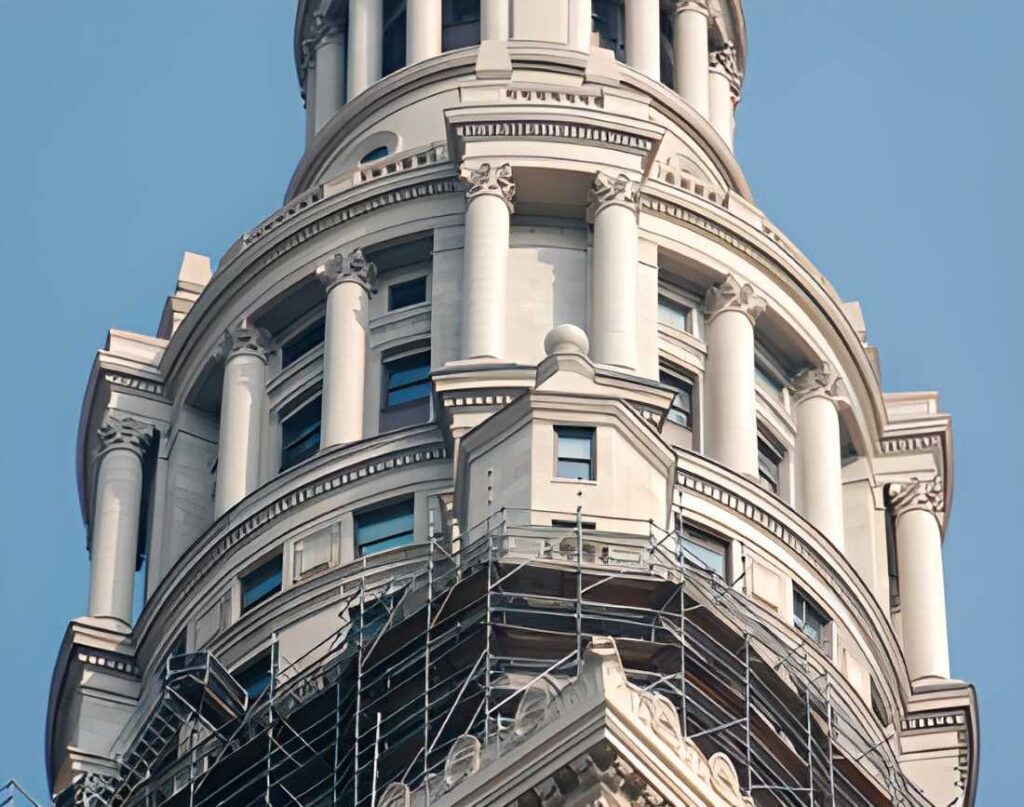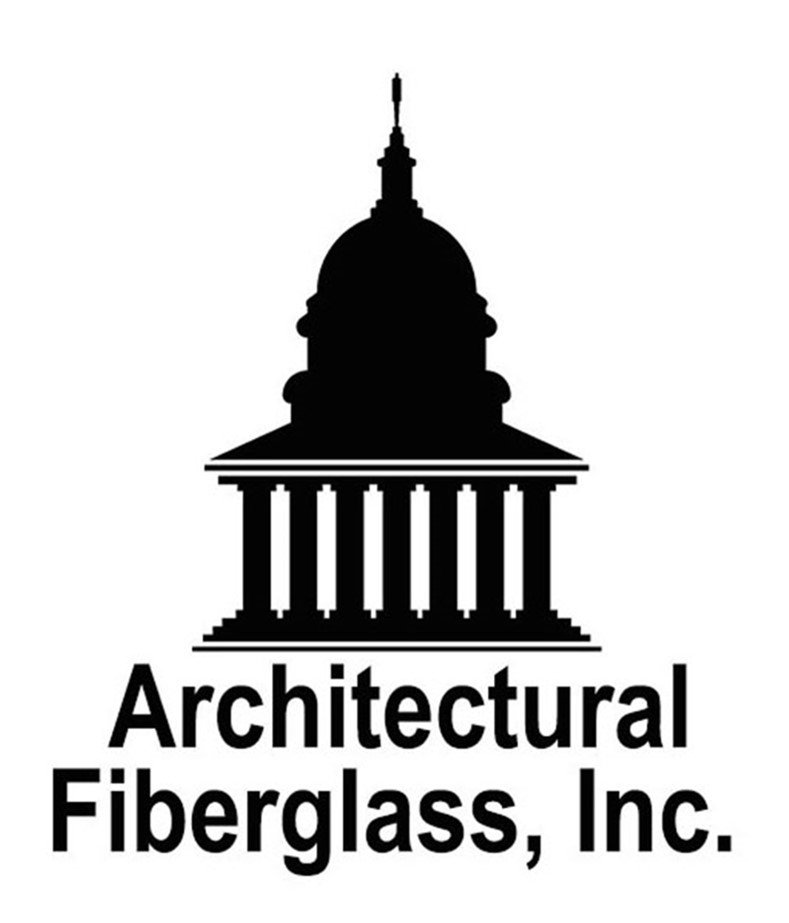Sustainable Substitution
This article appeared in Properties Magazine, September 2009 issue.
Fiberglass provides green alternative to traditional building materials
Fiberglass Reinforced Polymer (FRP) is fast becoming a viable green alternative to traditional building materials. Its ability to reproduce the look of stone, terra cotta, steel, granite, copper and various other popular building materials allows designers the freedom to utilize a wide range of shapes and surfaces without sacrificing an authentic look — while providing numerous advantages as an environmentally sustainable solution.
The total life cycle assessment of fiberglass material can place it above traditional products, such as concrete or terra cotta, under green building initiatives like the United States Green Building Council’s LEED Program (Leadership in Energy and Environmental Design). When the amount of energy consumed to produce, install and maintain a given product is taken into consideration, fiberglass products use far less than other traditional materials. Fiberglass can be used in ways that are less energy and carbon intensive than other building materials.

Processing cement, for example, requires mining, extraction and burning of raw materials that emit ample amounts of carbon dioxide. Once the cement is processed, it can require up to 90% more cementitious material to produce than the same product built from fiberglass. Not only does the cementitious product require more material, but it also weighs far more than its fiberglass counterpart. The lightweight fiberglass contributes to overall savings due to lower transportation costs, faster construction thereby causing less distress and disruption to the community, less dead weight requiring smaller and lighter building structural requirements, and less heavy lifting equipment. The overall carbon footprint for fiberglass throughout its life cycle is far less.
FRP is often chosen over other construction materials as environmentally sustainable and having a lifecycle that exceeds other products. Fiberglass is not only a low maintenance, long lasting durable product, but also is resistant to rust, rot and corrosion. By doubling the useful lifespan compared to other products, fiberglass’s durability reduces the need for replacement, repair or repainting, which makes it more earth friendly. The durable nature for FRP products reduces the overall negative environmental impact. Fiberglass is unaffected by termites and its use as a replacement to wood virtually eliminates toxins from exterior painting and pesticides.
Another advantage of fiberglass is that it is a low conductor of heat. Despite its relatively thin skin, the use of fiberglass allows for a lower requirement of insulation. The thermal integrity of the material minimizes heat loss during winter and heat gain during summer. Including fiberglass can help to maximize energy performance, one of the key points of achievement in the LEED Program. Fiberglass domes and cupolas used as roof structures, or cornice, panels and pilasters used as wall coverings, can be an economical and decorative way of improving energy savings.
The green advantages are complimented by the authentic look provided by FRP products, says Mike Dobronos, general manager of Cleveland’s own Architectural Fiberglass, Inc. (AFI), which has been providing architectural elements throughout the country for over 20 years. Chances are you have seen AFI’s fiberglass in action masquerading as other materials on restoration projects in downtown Cleveland, such as at the Terminal Tower (see Properties, August 2009), the W.T. Grant Building, the Huntington Bank Building and the Keith Building, according to Dobronos.
“Sometimes we send architects out to look at projects and they come back asking where the fiberglass is because it impossible to differentiate from the material it is mimicking,” he says.
Fiberglass Reinforced Polymer offers additional advantages. It is corrosion resistant, fire-retardant and is virtually maintenance free. FRP is among the strongest commercial material available per unit of weight; pound for pound, FRP is stronger than concrete, steel or aluminum. And although one should not assume that the material cost of fiberglass is low, the installation methods and procedures often boast lower life cycle cost.
Finally, contractors love the fact that fiberglass is so lightweight, Dobronos says. The lower weight of the product in turn lowers all around installation cost and it is easier to install than traditional materials. Fiberglass ornaments can be easily screw-fastened, bolted or hung onto a concealed clip system. Usually at 3/16-inch typical thickness, general-purpose scaffolding and manual placement of fiberglass materials is sufficient. General contract workers and carpenters are frequently capable of installing fiberglass without heavy lifting equipment and cranes.















